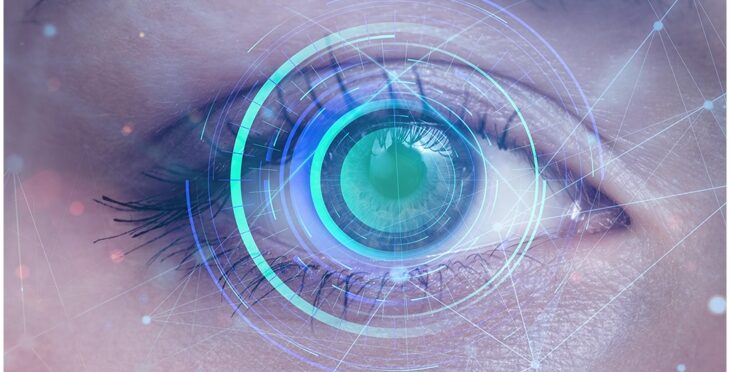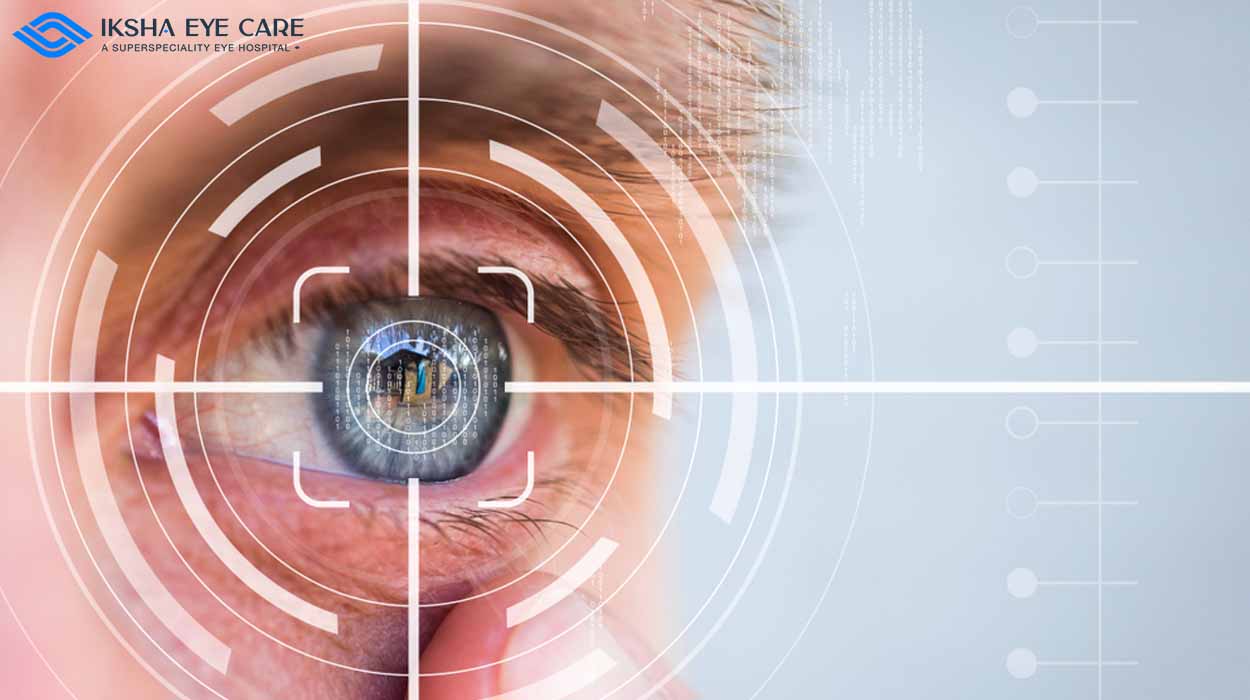Locate the most effective Glaucoma Service Near Me: Professional Eye Treatment Solutions
Locate the most effective Glaucoma Service Near Me: Professional Eye Treatment Solutions
Blog Article
The Duty of Advanced Diagnostic Devices in Identifying Eye Disorders
In the realm of ophthalmology, the utilization of innovative analysis tools has actually changed the early identification and monitoring of numerous eye conditions. From finding subtle changes in the optic nerve to monitoring the development of retinal illness, these technologies play a crucial function in improving the precision and effectiveness of detecting ocular problems. As the demand for exact and timely medical diagnoses proceeds to grow, the combination of advanced devices like optical coherence tomography and visual area screening has come to be indispensable in the realm of eye care. The complex interaction in between technology and sensory techniques not just clarifies intricate pathologies yet additionally opens doors to tailored treatment techniques.
Relevance of Early Medical Diagnosis
Early diagnosis plays a pivotal function in the efficient management and treatment of eye disorders. Prompt identification of eye conditions is critical as it allows for prompt intervention, possibly avoiding additional progression of the disease and decreasing long-term problems. By spotting eye disorders at a beginning, medical care carriers can use suitable therapy strategies tailored to the certain problem, ultimately leading to better results for people. Very early medical diagnosis enables patients to gain access to necessary assistance services and sources faster, enhancing their overall quality of life.

Technology for Finding Glaucoma
Cutting-edge diagnostic technologies play an essential role in the early discovery and monitoring of glaucoma, a leading root cause of permanent loss of sight worldwide. One such innovation is optical comprehensibility tomography (OCT), which supplies thorough cross-sectional photos of the retina, enabling the measurement of retinal nerve fiber layer thickness. This dimension is necessary in evaluating damages triggered by glaucoma. One more innovative tool is visual field screening, which maps the level of sensitivity of a client's aesthetic field, helping to spot any kind of locations of vision loss quality of glaucoma. Furthermore, tonometry is used to measure intraocular stress, a major danger factor for glaucoma. This examination is crucial as raised intraocular pressure can lead to optic nerve damage. Furthermore, newer modern technologies like using expert system algorithms in assessing imaging data are showing promising results in the very early discovery of glaucoma. These innovative analysis devices enable eye doctors to identify glaucoma in its beginning, enabling prompt treatment and far look at these guys better monitoring of the condition to stop vision loss.
Duty of Optical Coherence Tomography

OCT's capability to quantify retinal nerve fiber layer density allows for precise and unbiased measurements, aiding in the very early discovery of glaucoma even before aesthetic field defects become obvious. Overall, OCT plays a vital role in boosting the diagnostic precision and monitoring of glaucoma, ultimately contributing to better outcomes for individuals at threat of vision loss.
Enhancing Diagnosis With Visual Field Screening
An essential component in extensive ocular assessments, aesthetic area screening plays a crucial role in boosting the diagnostic process for various eye conditions. By evaluating the full extent of a client's aesthetic field, this examination provides important info regarding the practical stability of the whole aesthetic path, from the retina to the aesthetic cortex.
Aesthetic field testing is especially beneficial in the medical diagnosis and monitoring of problems such as glaucoma, optic nerve problems, and different neurological illness that can impact vision. Through measurable dimensions of outer and central vision, clinicians can spot subtle adjustments that might show the visibility or development of these disorders, also before noticeable symptoms take place.
Furthermore, aesthetic Visit This Link field testing permits the surveillance of treatment efficiency, helping eye doctors tailor restorative interventions to private clients. eyecare near me. By tracking modifications in aesthetic field performance in time, doctor can make educated decisions concerning changing medications, recommending surgical interventions, or applying other proper measures to preserve or improve an individual's visual feature
Taking Care Of Macular Degeneration

Final Thought
In final thought, advanced analysis tools play a critical duty in identifying eye conditions early on. Technologies such as Optical Coherence Tomography and visual field screening have significantly enhanced the accuracy and performance of detecting problems like glaucoma and macular degeneration.
Report this page